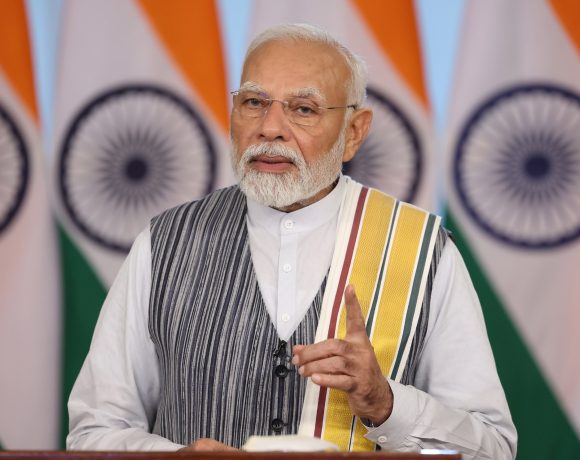
India Receives Over $100 Billion in Remittances for Third Consecutive Year
India has once again crossed the $100 billion mark in remittance inflows, receiving a record $129.4 billion in 2024. This marks the third consecutive year of India maintaining remittance receipts above the $100 billion threshold, cementing its position as the top remittance-receiving country globally. In the December quarter alone, the country saw inflows of $36 billion, reflecting the strong and sustained support of the Indian diaspora.
India Remittances
India has been the world’s leading recipient of remittances since 2008, a trend driven by its vast overseas population. A significant portion of these funds comes from skilled Indian professionals working in advanced economies like the United States, the United Kingdom, and Europe, as well as from migrant workers based in the Gulf countries. These contributions continue to play a vital role in supporting millions of families back home and strengthening India’s economic stability through foreign exchange reserves.
Overseas Remittances
Since 1990, the number of international migrants from India has grown substantially—from 6.6 million to 18.5 million by 2024. This rise has increased India’s share in the global migrant population from 4.3% to over 6%. Around half of this migrant population is concentrated in Gulf Cooperation Council (GCC) countries, where Indian workers form a crucial part of the labor force. The economic linkages between these workers and their families in India translate into steady and sizable remittance inflows each year.
NRI Contributions
Recent surveys have shown a noticeable shift in the sources of remittances, with a growing share coming from advanced economies. This change is largely due to the expansion of India’s skilled workforce abroad, particularly in sectors like information technology and healthcare. The growing presence of highly qualified Indian professionals in countries like the U.S. has significantly contributed to the volume and consistency of remittance inflows.
Remittances continue to serve as a stable financial lifeline for India, supporting domestic consumption, reducing poverty in recipient households, and providing a buffer for the country’s current account. The steady upward trajectory of remittance inflows highlights the enduring economic contribution of the Indian diaspora and its integral role in India’s broader economic ecosystem.


















